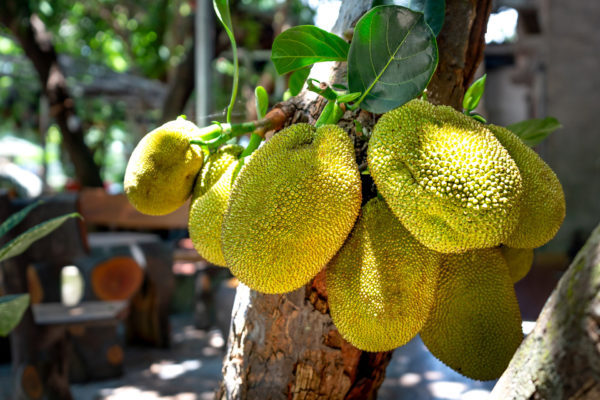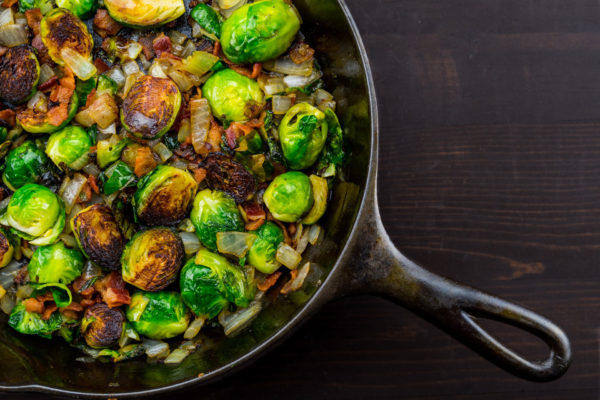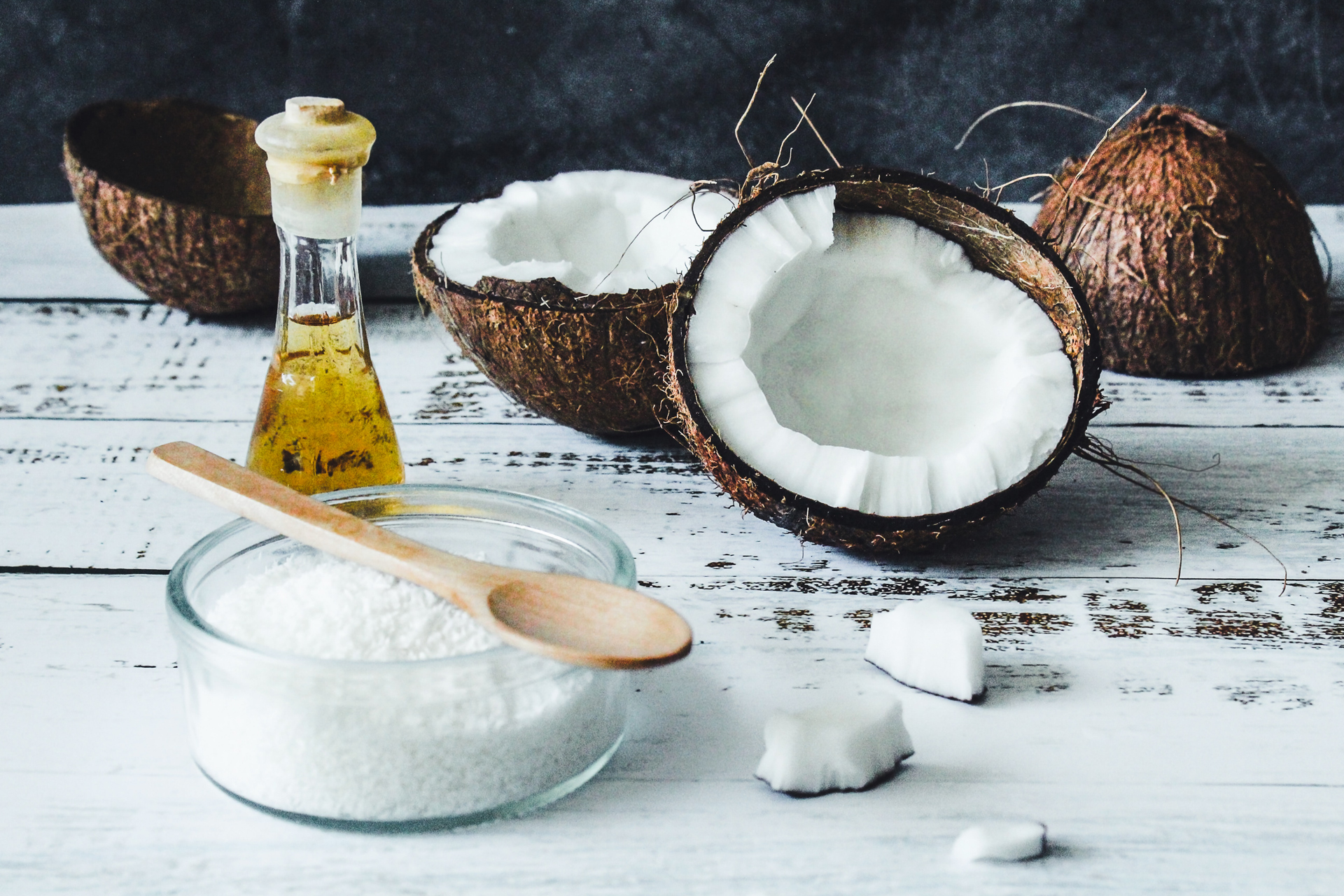
- HOME
- FOOD & DRINK
Ingredient of the Week: Coconut
How to use coconut in all its forms, plus a tasty salted caramel recipe for the festive season
By | 1 year ago
Each week plant-based cook Bettina Campolucci Bordi, founder of Bettina’s Kitchen, gives us the lowdown on a particular fruit, vegetable or ingredient, offering cooking tips and a recipe. This week it’s coconut.
Ingredient of the Week: Coconut
Coconut is one of my favourite ingredients, whether it comes in the form of milk, cream, desiccated or freshly opened on a beach somewhere far away and warm. The coconut is super versatile and has so many uses, from the oil all the way to the husk itself that it can be used as firewood, among other things.
Where Do Coconuts Originate From?
Coconut – brown and hairy on the outside, white and creamy on the inside – is a fruit which grows on trees and is widely found in the tropics and subtropics. Most parts of the tree and fruit can be used for a range of culinary and non culinary uses, earning it the Malayan title of ‘the tree of one thousand uses’. Requiring a consistently warm climate to grow, coconuts struggle to survive in the United Kingdom and can mostly be found in different variations from milk, to oil and dry.
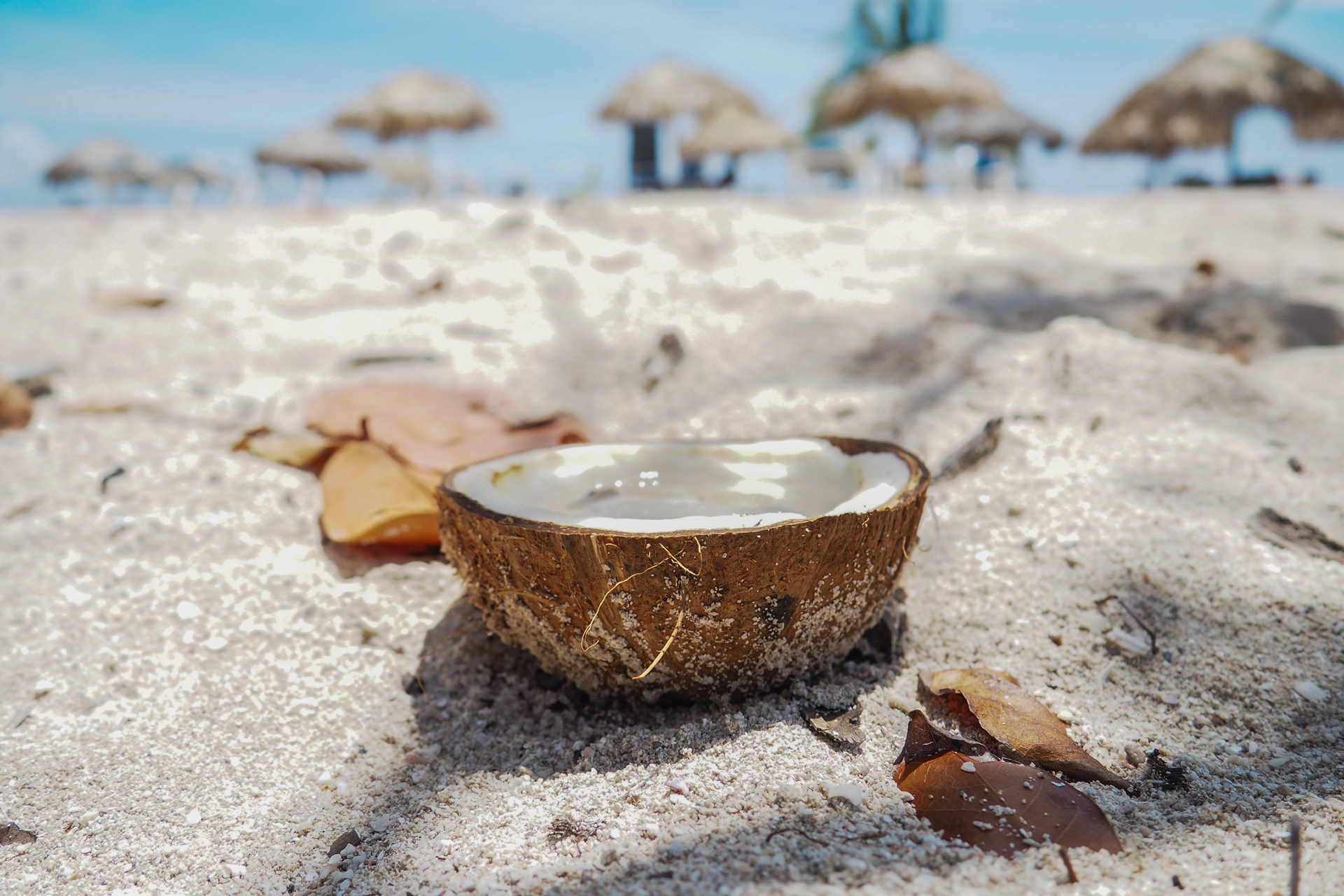
Unsplash
Coconut is from the Arecaceae family, also known as the palm family. Where the plant originates is somewhat debatable, with theories stretching from the Americas to the Indo Pacific region and Australia. The coconut tree grows up to twenty metres tall with large sweeping leaves about six metres long, producing the first fruit at about five to ten years, but not producing its peak crop until fifteen to twenty years old.
The fruit of the coconut yields milk, cream, oil, water, flour and solids, making it an extremely versatile fruit for cooking and baking. Coconut is gluten free, high in iron, potassium and vitamin C, and has no cholesterol. Research into the health benefits of coconut is extensive, suggesting that it helps to balance the immune system, and has anti bacterial, antiviral and antifungal properties.
There are two main varieties of coconut tree: the tall and the dwarf varieties. Tall coconut trees grow 15-twenty metres high, whereas dwarf trees grow to five to seven metres. The dwarf trees tend to produce fruit earlier than tall varieties, although the fruits are smaller. Tall varieties can cross pollinate, producing hybrid plants, whereas dwarf trees tend to only self-pollinate.
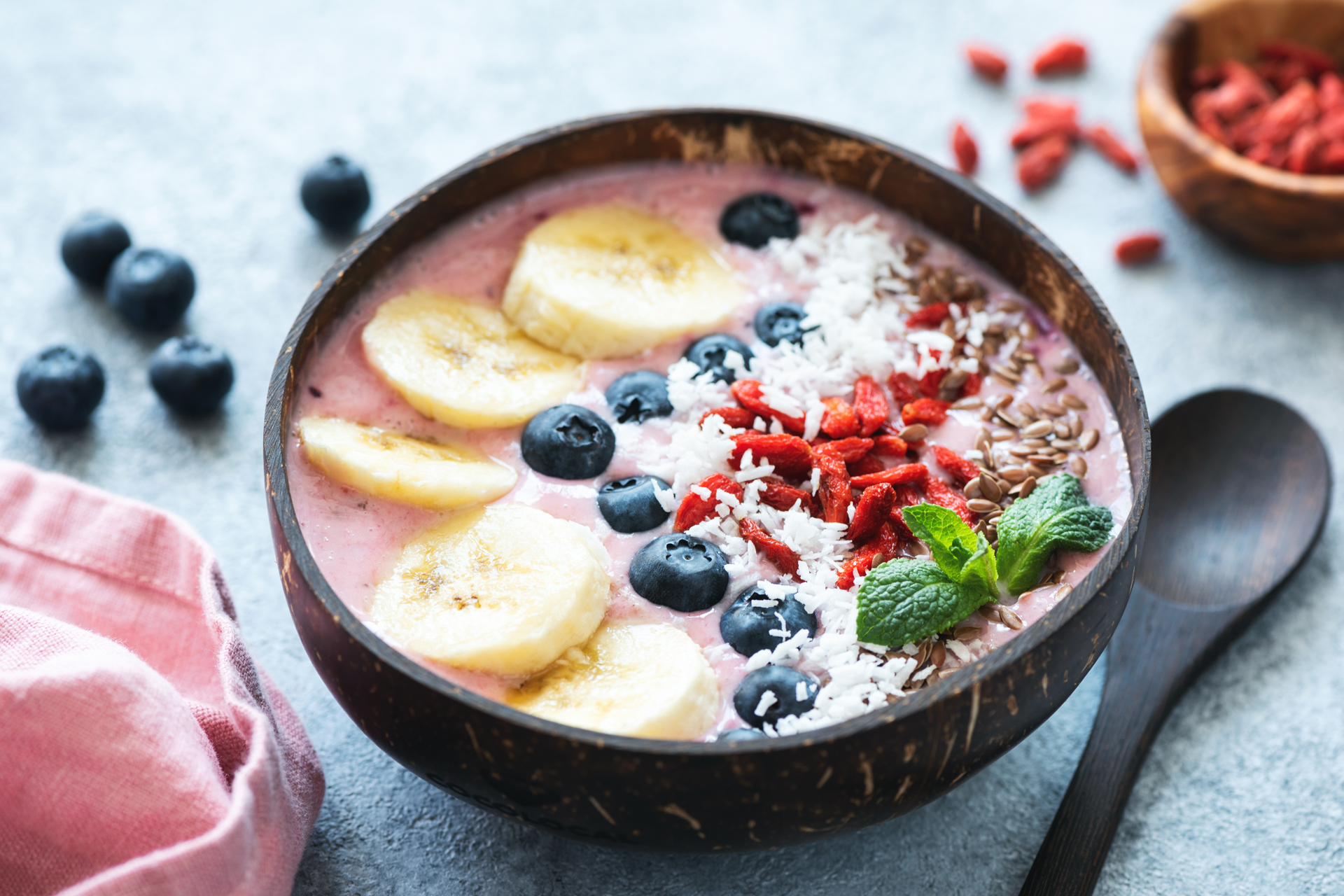
Getty Images
Nutritional Benefits
Each of the different food products extracted from the coconut fruit provide different nutritional goodness. The flesh of the fruit is a good source of the B vitamins and potassium, while coconut oil is one of the healthiest oils available. It has been seen as a superfood in the East, India, Sri Lanka, Thailand and the Philippines, but it is only recently becoming more popular in the United Kingdom. It is high in lauric acid, a type of fat which is said to promote good cholesterol and lowers bad cholesterol.
Different Forms of Coconut
- It can be used to add texture and fresh coconut flavour to smoothies, ice cream, yogurt, dips, sauces and soups. Coconut puree is freshly grated coconut with added coconut milk and can be used as a base for desserts, ice cream and so on.
- The oil is used for cooking. I use it for high temperature cooking and for baking instead of butter. If you don’t want everything to taste and smell of coconut you can buy the deodorized version.
- The water is used as a drink and has over the last five years become very popular in the west as a health drink. Coconut water is an excellent source of hydration, as it is very high in electrolytes. Not only this, but it is sterile, and during WWII it was even used in emergency blood plasma transfusions, when accessibility to plasma was scarce.
- The milk is used in cooking especially southeast asian dishes and is a firm staple in many households. And the cream is now becoming more popular in plant based baking and is great in cooking when you are after a thicker, creamier consistency.
This is one of my favorite recipes using coconut cream and is a perfect gift this holiday season.
Recipe: Salted Caramel
Makes 1 small jar
Ingredients:
- 400g coconut cream
- 280g coconut sugar or brown sugar
- ½ tsp salt
Method:
- Heat a pan over medium heat, add the coconut sugar and coconut cream and let it heat through.
- Add the salt and bring to a boil, then reduce to a simmer and let it simmer for 20 minutes until the caramel has thickened. Stir it occasionally to make sure it doesn’t burn. A great way of knowing if it’s ready is to see if it sticks to the back of your spoon.
- Stir in a little more salt if desired and either use it straightaway or let it cool down before storing in a glass jar – it will become even thicker as it cools.




